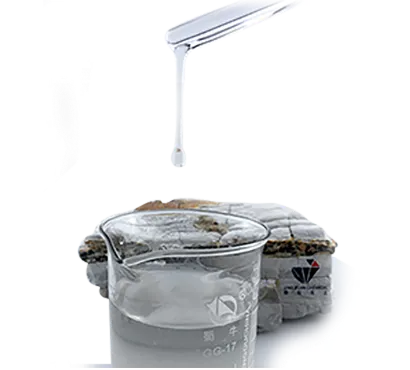
okt . 13, 2024 14:35 Back to list
Exploring the Benefits and Applications of HPMC Thickening Agents in Various Industries
Understanding HPMC Thickener A Comprehensive Overview
Hydroxypropyl Methylcellulose (HPMC) is a versatile compound that has gained significant attention in various industries, particularly as a thickener. With its unique properties and functionalities, HPMC has become a go-to ingredient in applications ranging from pharmaceuticals to food production and construction materials. In this article, we will delve into the characteristics of HPMC thickener, its benefits, applications, and the reasons behind its growing popularity.
What is HPMC?
HPMC is a semi-synthetic polymer derived from cellulose, a natural polymer found in the cell walls of plants. The process of creating HPMC involves the reaction of cellulose with propylene oxide and methyl chloride, resulting in a compound that has excellent water retention and film-forming properties. HPMC is white to off-white in color and is available in various viscosities, making it suitable for a wide range of applications.
Properties of HPMC Thickener
One of the most significant properties of HPMC is its ability to form a gel-like consistency when dissolved in water. This thickening ability is influenced by factors such as temperature, concentration, and pH. HPMC is a non-ionic compound, meaning that it is stable across a wide pH range and does not interact with other ionic compounds, making it an ideal thickener for various formulations.
HPMC is also known for its exceptional water-retention capabilities. This property is particularly beneficial in applications like construction, where it helps to retain moisture in cement mixtures, thereby improving workability and extending the curing time. Additionally, HPMC is biocompatible and biodegradable, making it a suitable choice for pharmaceuticals and food products.
Benefits of HPMC as a Thickener
1. Versatility HPMC can be used in numerous applications, such as adhesives, coatings, and personal care products. Its ability to adapt to different formulations makes it a valuable ingredient in many formulations.
2. Stability Due to its non-ionic nature, HPMC exhibits stability across various pH levels and ionic conditions. This characteristic ensures the consistent performance of products containing HPMC.
3. Improved Texture and Consistency HPMC enhances the texture and consistency of products, providing a smooth and creamy feel that is particularly valued in food and cosmetic applications.
hpmc thickener

4. Water Retention In construction and other applications, HPMC improves water retention, enhancing the overall effectiveness and longevity of the product.
5. Safety and Non-toxicity HPMC is generally recognized as safe (GRAS) for use in food products and is also considered safe for use in pharmaceutical applications. This non-toxicity adds to its appeal for manufacturers.
Applications of HPMC Thickener
HPMC is prevalent in various industries. Some key applications include
1. Pharmaceuticals In the pharmaceutical industry, HPMC is used as a binder, thickener, and coating agent in tablet formulations, ensuring that active ingredients are effectively delivered.
2. Food Industry HPMC is often utilized as a food thickener and emulsifier, enhancing the texture and stability of sauces, dressings, and dairy products.
3. Construction In construction, HPMC is added to cement and plaster formulations to improve workability, increase adhesion, and extend the open time for applying materials.
4. Personal Care Products Commonly found in cosmetic formulations, HPMC acts as a thickener in lotions, creams, and gels, providing a desirable texture.
5. Paints and Coatings HPMC is used in paints and coatings to improve viscosity and prevent settling of solid particles, resulting in a uniform application.
Conclusion
The HPMC thickener stands out for its versatility, stability, and non-toxic nature. Its ability to enhance viscosity and improve water retention has made it an invaluable ingredient across numerous industries. As businesses continue to seek reliable and effective solutions for their formulations, HPMC is likely to maintain its prominence as a primary thickening agent. With ongoing research and development, the future of HPMC looks bright, promising new applications and improvements in product formulations to meet the evolving needs of various markets.
-
Versatile Hpmc Uses in Different Industries
NewsJun.19,2025
-
Redispersible Powder's Role in Enhancing Durability of Construction Products
NewsJun.19,2025
-
Hydroxyethyl Cellulose Applications Driving Green Industrial Processes
NewsJun.19,2025
-
Exploring Different Redispersible Polymer Powder
NewsJun.19,2025
-
Choosing the Right Mortar Bonding Agent
NewsJun.19,2025
-
Applications and Significance of China Hpmc in Modern Industries
NewsJun.19,2025







